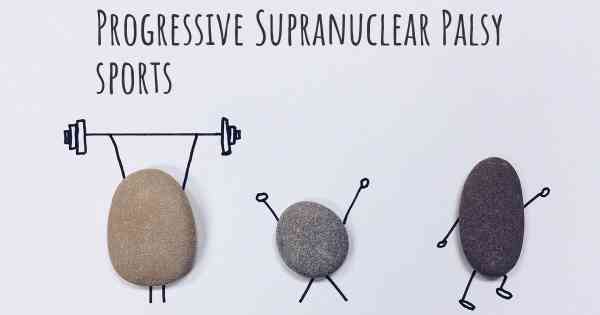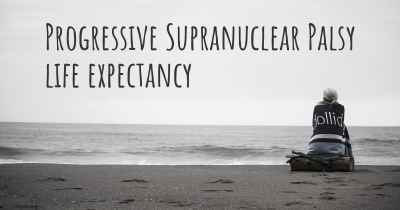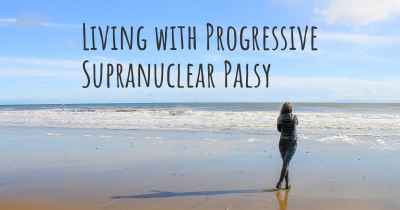Is it advisable to do exercise when affected by Progressive Supranuclear Palsy? Which activities would you suggest and how intense should they be?
See if it is advisable for people with Progressive Supranuclear Palsy to practice sports and which ones are the most recommended if you have Progressive Supranuclear Palsy

Exercise Recommendations for Progressive Supranuclear Palsy (PSP)
Progressive Supranuclear Palsy (PSP) is a rare neurodegenerative disorder that affects movement, balance, and coordination. While there is no cure for PSP, engaging in regular exercise can have numerous benefits for individuals with this condition. Exercise can help improve strength, flexibility, balance, and overall quality of life. However, it is important to consult with a healthcare professional before starting any exercise program, as they can provide personalized recommendations based on the individual's specific needs and abilities.
Benefits of Exercise for PSP
Regular exercise can provide several benefits for individuals with PSP:
- Improved strength: PSP can cause muscle weakness, and targeted exercises can help maintain and improve muscle strength.
- Enhanced flexibility: Stretching exercises can help improve flexibility and range of motion, reducing the risk of muscle stiffness and contractures.
- Better balance and coordination: Balance exercises can help reduce the risk of falls and improve overall coordination.
- Enhanced mood and mental well-being: Exercise releases endorphins, which can help improve mood and reduce symptoms of depression and anxiety often associated with PSP.
- Improved cardiovascular health: Engaging in aerobic exercises can help maintain cardiovascular fitness and overall health.
Recommended Exercises for PSP
When it comes to exercise for individuals with PSP, it is important to focus on activities that are safe, enjoyable, and tailored to their abilities. Here are some recommended exercises:
1. Strength Training:
Strength training exercises can help maintain and improve muscle strength. It is important to start with light weights or resistance bands and gradually increase intensity as tolerated. Some examples include:
- Leg presses
- Arm curls
- Shoulder presses
- Seated rows
2. Flexibility Exercises:
Stretching exercises can help improve flexibility and range of motion. It is important to perform these exercises gently and avoid overstretching. Some examples include:
- Neck stretches
- Shoulder stretches
- Hamstring stretches
- Calf stretches
3. Balance and Coordination Exercises:
Balance exercises can help improve stability and reduce the risk of falls. It is important to perform these exercises with proper support and supervision. Some examples include:
- Standing on one leg
- Heel-to-toe walk
- Balance board exercises
- Tai Chi
4. Aerobic Exercises:
Aerobic exercises can help improve cardiovascular fitness and overall health. It is important to choose low-impact activities that are gentle on the joints. Some examples include:
- Walking
- Swimming
- Cycling
- Water aerobics
Exercise Intensity
The intensity of exercise for individuals with PSP should be tailored to their abilities and tolerance. It is important to start at a comfortable level and gradually increase intensity as tolerated. Listening to the body and avoiding overexertion is crucial. If any pain, dizziness, or discomfort occurs during exercise, it is important to stop and consult with a healthcare professional.
Conclusion
Engaging in regular exercise can be beneficial for individuals with Progressive Supranuclear Palsy (PSP). It can help improve strength, flexibility, balance, and overall well-being. However, it is important to consult with a healthcare professional before starting any exercise program to ensure safety and receive personalized recommendations. By incorporating a variety of exercises, individuals with PSP can maintain their physical function and enhance their quality of life.
Posted Aug 12, 2017 by Diana Sanders 2000
Posted Dec 31, 2018 by Kerryn 720
Posted Jul 5, 2019 by Loretta 800
Posted Nov 8, 2017 by Monica 720
Posted Nov 8, 2017 by Maria Veronica Ortiz Solís 2000








